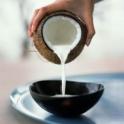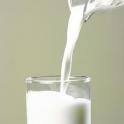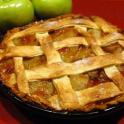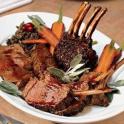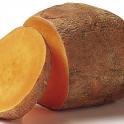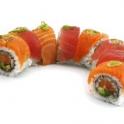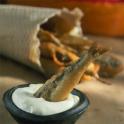If you’re looking for a very healthy protein source, salmon should definitely be considered. While other sources of protein such as chicken and fish are incredibly low in fat, this isn’t the case with salmon. But while salmon does contain more dietary fat than other foods, it’s an extremely healthy source of dietary fat and will provide you with the essential fatty acids that your body needs for optimal health.
{Enjoying salmon nutrition facts will let you know when you can indulge…in this!}
For this reason, making salmon a regular part of your diet intake is an incredibly wise decision. Let’s take a closer peak at what this food has to offer you.
Major Nutrients Found In Salmon
The first major nutrient you’re going to get when you eat a piece of salmon is protein. Rich in all the amino acids required for muscle building, you’ll be doing your hard working muscles a big favour when having this in your diet.
Salmon is also a terrific source of omega-3 fatty acids, which are the healthy fats that we discussed in the introduction. In addition to that, salmon is also going to provide your entirely daily requirements for tryptophan as well as vitamin D, so if you’re looking to improve your intake of those nutrients, it will get the job done.
Other nutrients found in salmon include selenium, vitamin B3 and B12, phosphorus, as well as magnesium. These will provide numerous health benefits such as maintaining your immune system, acting as an antioxidant in the body, promoting good circulation, and keeping your heart healthy.
Storing/Selecting
You can purchase salmon in many different forms including fresh salmon, canned salmon, frozen salmon, or smoked salmon. All will offer nutrient benefits so it comes down to what your personal preference is. If you choose to purchase canned salmon and eat it with the bones it, it should be noted that this will also then be a great source of calcium as well.
Whenever you can, always opt to purchase wild salmon over farmed salmon however as there are far less chemicals found on average in wild salmon compared to farmed. In addition to that, farmed salmon contains much more fat than wild salmon, so that can also come into play if you’re trying to watch your overall body weight.
Eat It With:
Salmon is great served with asparagus, rice, potatoes, or any other side dish you prefer. Many people also enjoy smoked salmon as an appetizer or use canned salmon with some diced onion and low-fat mayonnaise to prepare a salmon sandwich.
Burn Off Calories In Salmon
To burn off the number of calories in salmon you would have to do:
- 23 minutes cycling
- 28 minute uphill walking
- 22 minutes competitive football

